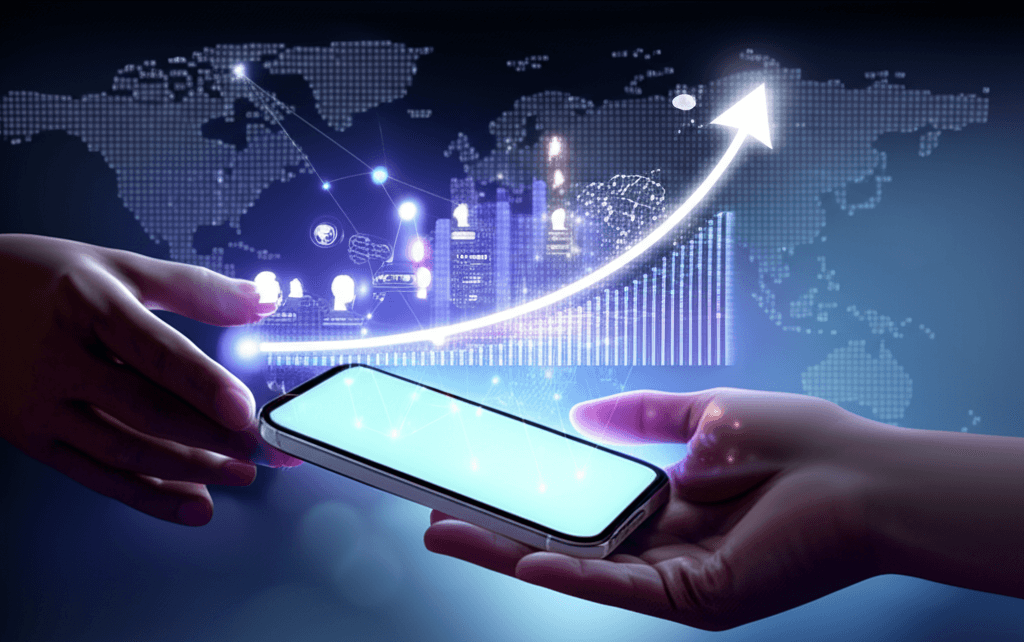Google Transforms Translate into AI-Powered Live Chat and Learning Platform
With Gemini AI, Google Translate offers sophisticated live dialogue and a personalized language tutor, reshaping global communication and learning.
August 27, 2025

Google is transforming its widely used Translate application from a simple utility into a comprehensive communication and education platform, powered by significant advancements in artificial intelligence. The company has introduced two major new features: a sophisticated live conversation mode designed to make real-time, multilingual dialogue more natural, and a personalized language learning tool that positions the app as a direct competitor to popular learning platforms. These updates, driven by the advanced reasoning and multimodal capabilities of Google's Gemini AI models, signal a strategic move to deepen the role of AI in everyday life, aiming to dissolve language barriers in both immediate conversations and long-term learning. The new functionalities represent one of the most substantial evolutions of the Translate service, which processes approximately 1 trillion words for users monthly across various Google products.[1][2]
The centerpiece of the update is a revamped "Live translate" feature, engineered to facilitate seamless, back-and-forth conversations in real time.[3] This mode supports two-way audio and on-screen text translations in over 70 languages, including major world languages like Arabic, French, Hindi, Korean, and Spanish.[4][5][1] To use the feature, users simply tap a single microphone button, and the application handles the rest.[6] Powered by advanced AI models, the system can intelligently identify which language is being spoken, automatically switching between the two without manual intervention.[7] It is designed to recognize conversational nuances such as pauses, accents, and intonations, allowing for a more natural conversational flow that previous iterations of the technology struggled to achieve.[1][7][8] Furthermore, Google has leveraged sophisticated voice and speech recognition models trained to isolate sounds, ensuring high-quality, accurate translations even in noisy environments like busy airports or cafes.[5][1][9] This live conversation tool is initially being rolled out to users on both Android and iOS in the United States, India, and Mexico.[7][10][11]
Beyond immediate communication, Google is venturing into the educational space with an experimental language practice feature, effectively turning the Translate app into a personalized language tutor.[7][8] This new "Practice" mode is designed to help users master conversational skills, which are often the most challenging aspect of language acquisition.[1] The tool is highly personalized; users begin by setting their current skill level—from basic to advanced—and defining their learning goals, whether for travel, dining out, or everyday interactions.[12][3][13] Based on these inputs, the application generates customized and interactive listening and speaking exercises on the fly.[5][1] These sessions can involve listening to conversations and tapping on recognized words to build comprehension or practicing speaking phrases with the availability of helpful hints.[1][10] A key element of the experience is instant feedback, which helps learners correct mistakes and improve practical communication skills efficiently.[12] This beta feature is initially available for English speakers learning Spanish or French, and for Spanish, French, and Portuguese speakers learning English.[5][13] This strategic expansion into adaptive learning directly challenges established language apps like Duolingo by offering a practical, scenario-based approach integrated within a tool millions already use for translation.[14][11][15]
The engine driving these significant functional leaps is Google's advanced work in artificial intelligence, specifically the integration of its powerful Gemini models.[5][1][3] The company credits Gemini with making substantial strides in translation quality, multimodal capabilities (understanding and processing different types of information), and text-to-speech synthesis.[1][7][3] For live conversations, the AI's ability to process context and nuance is critical. Instead of a rigid, word-for-word translation, the system aims for a more holistic understanding of the dialogue, enabling it to manage the natural rhythm of human speech.[8] For the language learning feature, the AI's adaptability allows it to generate exercises that are dynamically suited to a user's progress, ensuring the material is challenging but not overwhelming.[16][14] This move demonstrates a broader industry trend where general-purpose AI models are being fine-tuned for specialized applications, moving beyond simple information retrieval to become active assistants in complex tasks like communication and education.[17][18] The technology represents a shift from language-to-language translation to a more comprehensive experience that helps users understand, learn, and navigate conversations with greater ease.[1][3]
In conclusion, the latest updates to Google Translate mark a pivotal moment for the application, leveraging the full force of its state-of-the-art AI to redefine its purpose. By introducing a remarkably fluid live conversation mode and a personalized language tutor, Google is not merely enhancing a service but is creating a more integrated and powerful tool for global communication. The "Live translate" feature promises to make cross-lingual interactions more organic and accessible, while the "Practice" mode threatens to disrupt the established language-learning market by offering a free, AI-driven alternative focused on practical application. These advancements underscore the profound impact of sophisticated AI models like Gemini on consumer technology, transforming familiar tools into more intelligent, responsive, and indispensable platforms. As these features roll out and evolve, they are set to significantly alter how people interact across linguistic divides and acquire new language skills, making the world feel incrementally more connected.
Sources
[1]
[7]
[13]
[14]
[15]
[16]
[17]
[18]